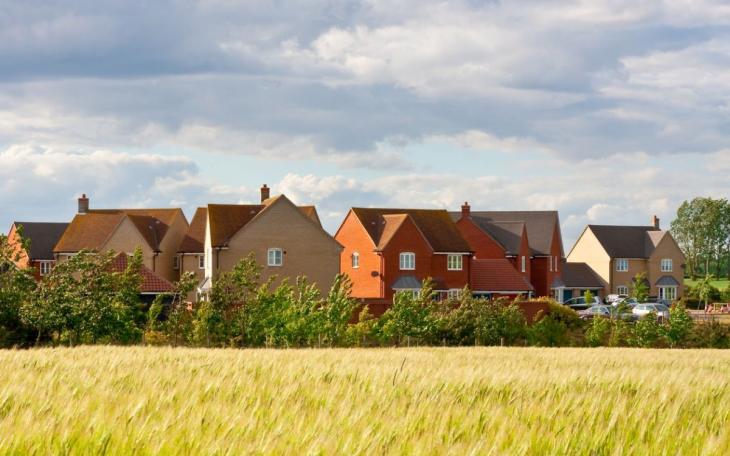Perception vs reality: The power of the narrative around our green and pleasant land

It will be no revelation to our readers that the Green Belt remains one of the most contentious issues in UK politics. Despite a housing crisis spanning decades now, local issues relating to Green Belt development can still be an election dealbreaker. And the latest research from Ipsos for The Economist could give some insight as to why.
According to the survey, 60% of people in England would retain the current Green Belt, ‘even if it restricts the country’s ability to meet housing need.’ Although narrower among some groups (namely: younger age groups, those in London, and renters) the findings showed that a preference for retaining the current Green Belt exists among all groups and geographies.
It begs the question, with so many facing difficulty purchasing or even renting a home, what do people think is behind the housing crisis? And why are they so keen to protect Green Belt land?
The survey shows that a majority of Brits see housing as unaffordable, with many relating this to undersupply. 52% of those surveyed consider the restrictiveness of the planning system and the Green Belt as responsible for this undersupply, but other factors are more salient, such as:
- The financial position of local councils preventing them from building more homes (62%)
- Lack of interest from politicians in building new homes (56%)
- Local opposition to building new homes (55%)
Unsurprisingly, although support for building more homes (45%) outweighs opposition (27%), support is contingent on location. In England, 69% support building on brownfield land, compared to just 25% who support building on greenfield.
The key to why people are in favour of protecting the Green Belt, despite acknowledging issues around affordability of housing and undersupply, could lie in their perceptions of how much land is actually built on. The mean guess (excluding ‘don’t knows’) for the percentage of land in England that is taken by people’s homes (excluding homes above shops and homes’ gardens) is 38.94%. The real figure? Just 2%, according to Ordnance Survey.
Indeed, a recent article in Property Week reflected on the situation in Sevenoaks and Tonbridge and Malling, “where poor land supply positions and low housing delivery combine with authorities withdrawing their local plans amid a focus on green-belt protection and fears of Kent becoming a concrete jungle.” However, data from Kent County Council shows that only 1.2% and 1.7% of total land has been developed for housing in those two authority areas, respectively.
The figures from Ipsos paint a complex and nuanced picture of views towards housebuilding and the role the Green Belt has to play and, importantly, tell a familiar story about how certain narratives can influence views and distort reality. Words like ‘green’ and ‘brown’ are unhelpful and overly simplistic – something which the story of the Green Belt, and the housing crisis, is not.
If things are going to change, the way we tell that story is therefore going to need to change too. The question remains, who is going to take on such a task?








